Global Economic Challenges: Trade War USA vs Germany Presentation
VerifiedAdded on 2023/05/28
|7
|419
|303
Presentation
AI Summary
This presentation examines the trade war between the USA and Germany, focusing on the economic challenges and the global landscape. The presentation begins by outlining the timeline and causes of the trade war, including the imposition of tariffs on steel and aluminum. It then identifies major economic sectors in both countries, highlighting their comparative advantages. The core of the presentation discusses current and potential global economic challenges, such as trade protectionism, global debt explosion, unemployment, high commodity price volatility, and currency fluctuations. These challenges are explored in detail, supported by references to academic research. The presentation emphasizes the interconnectedness of global economies and the impact of trade disputes on international trade and investment. The presentation provides a comprehensive overview of the economic implications of the trade war and broader global economic issues.
1 out of 7
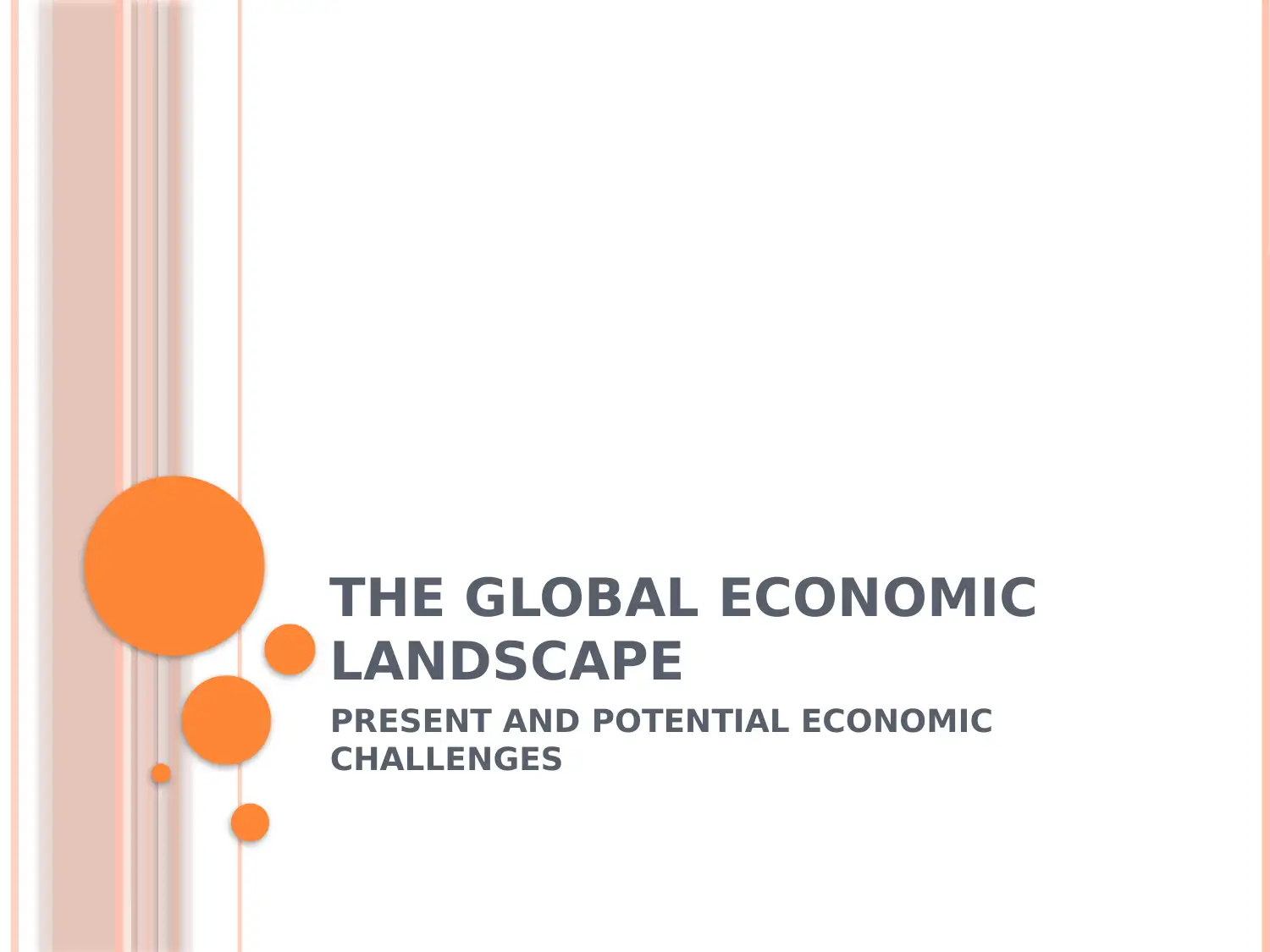
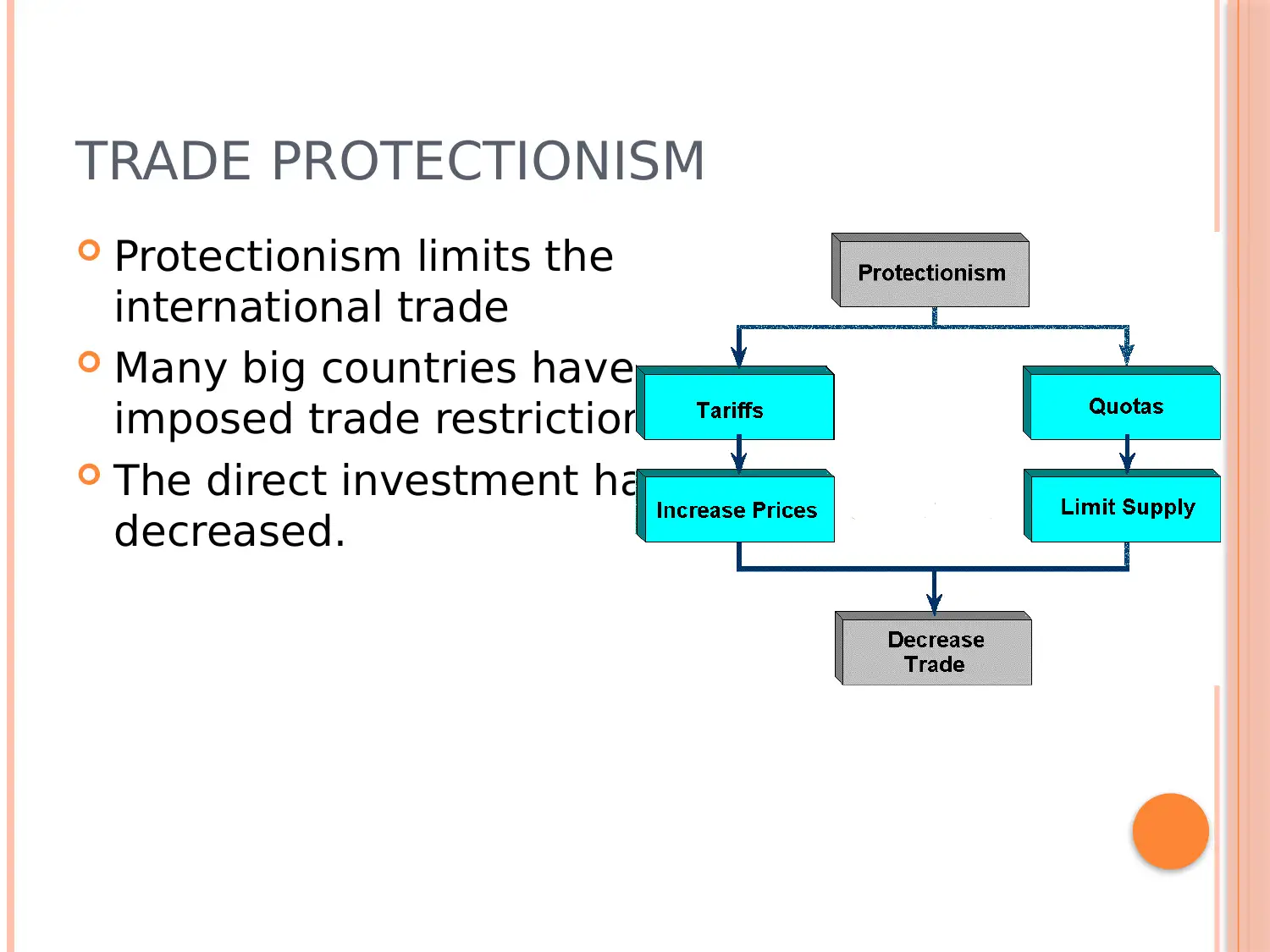
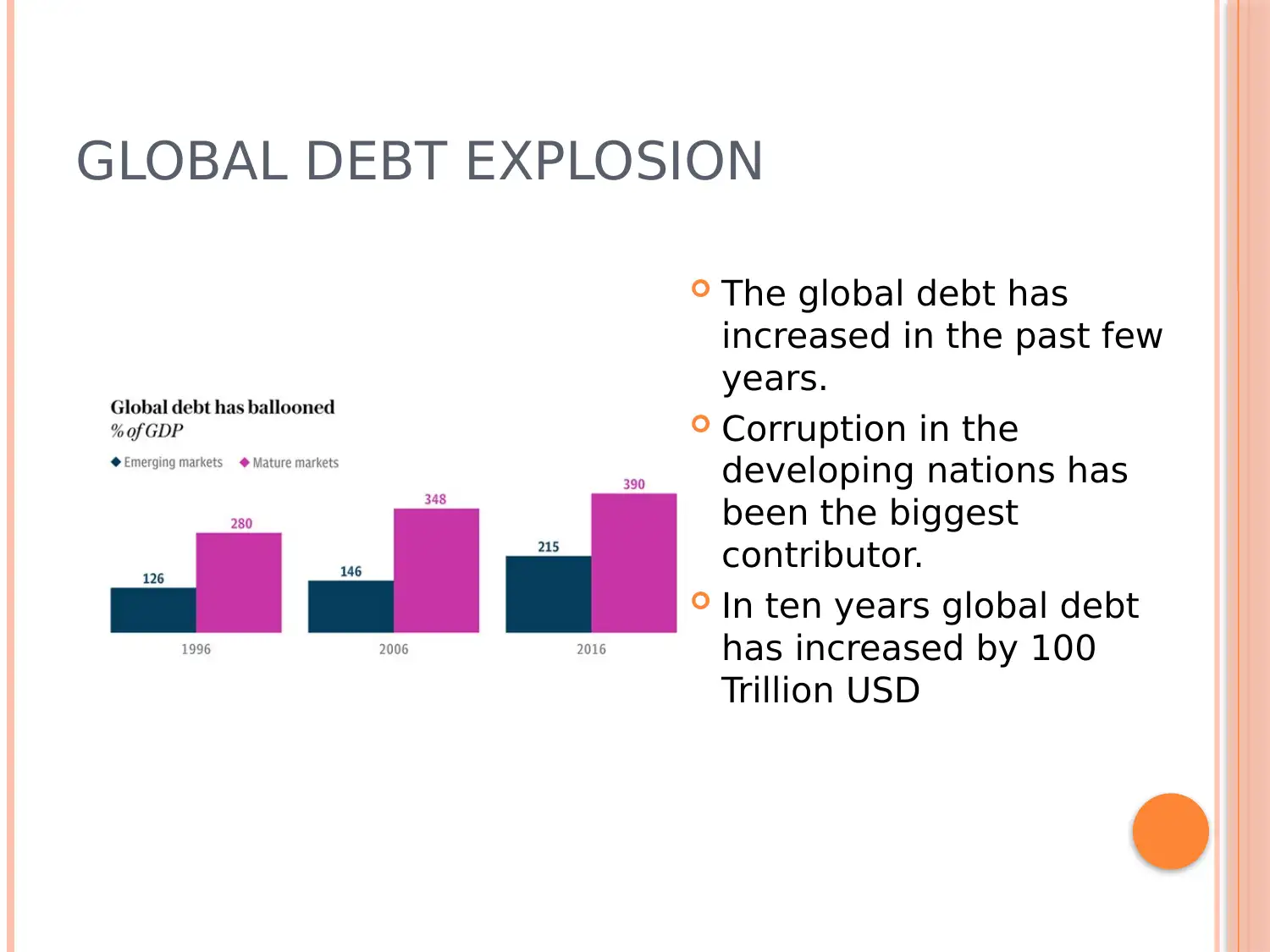

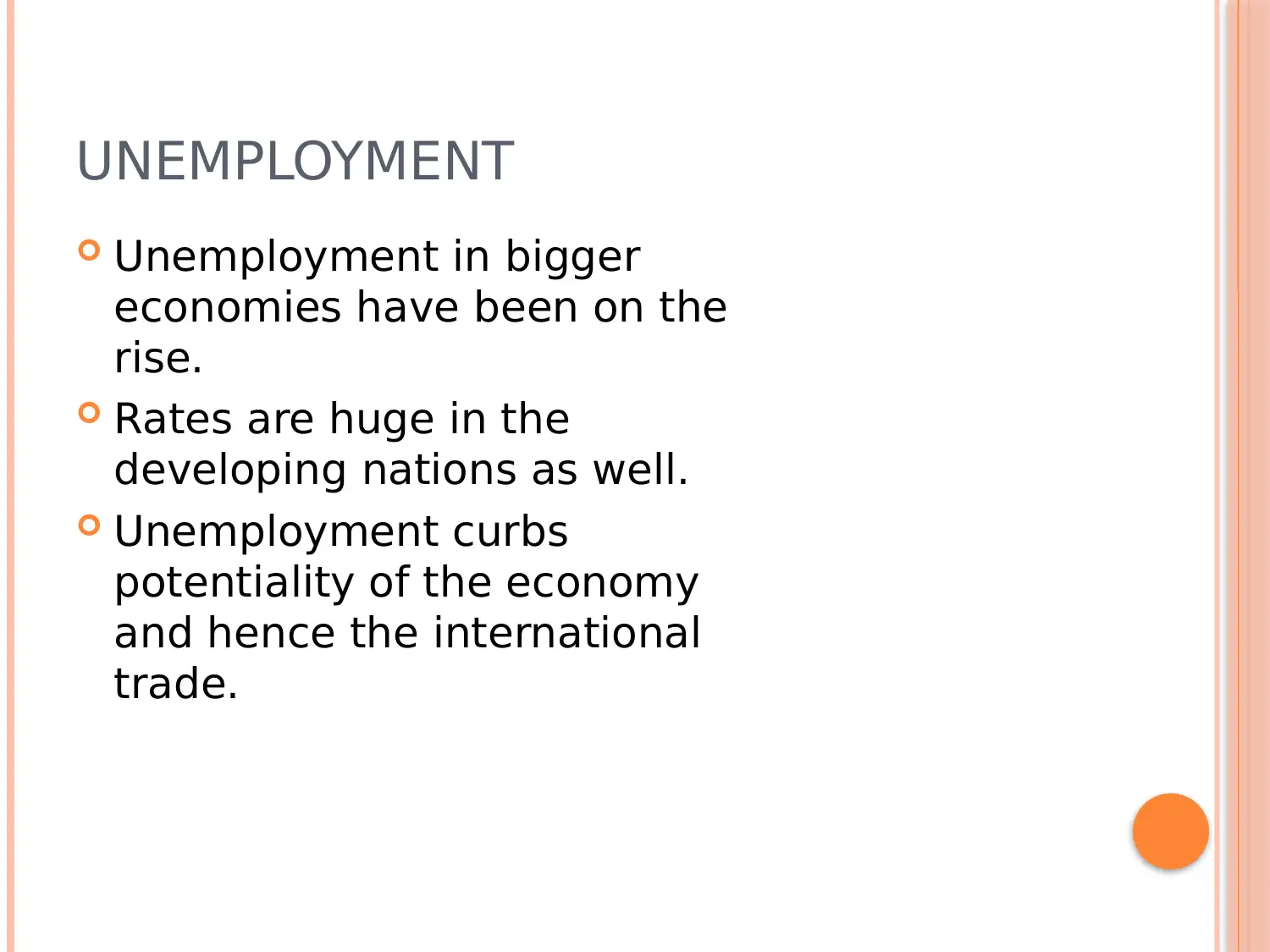
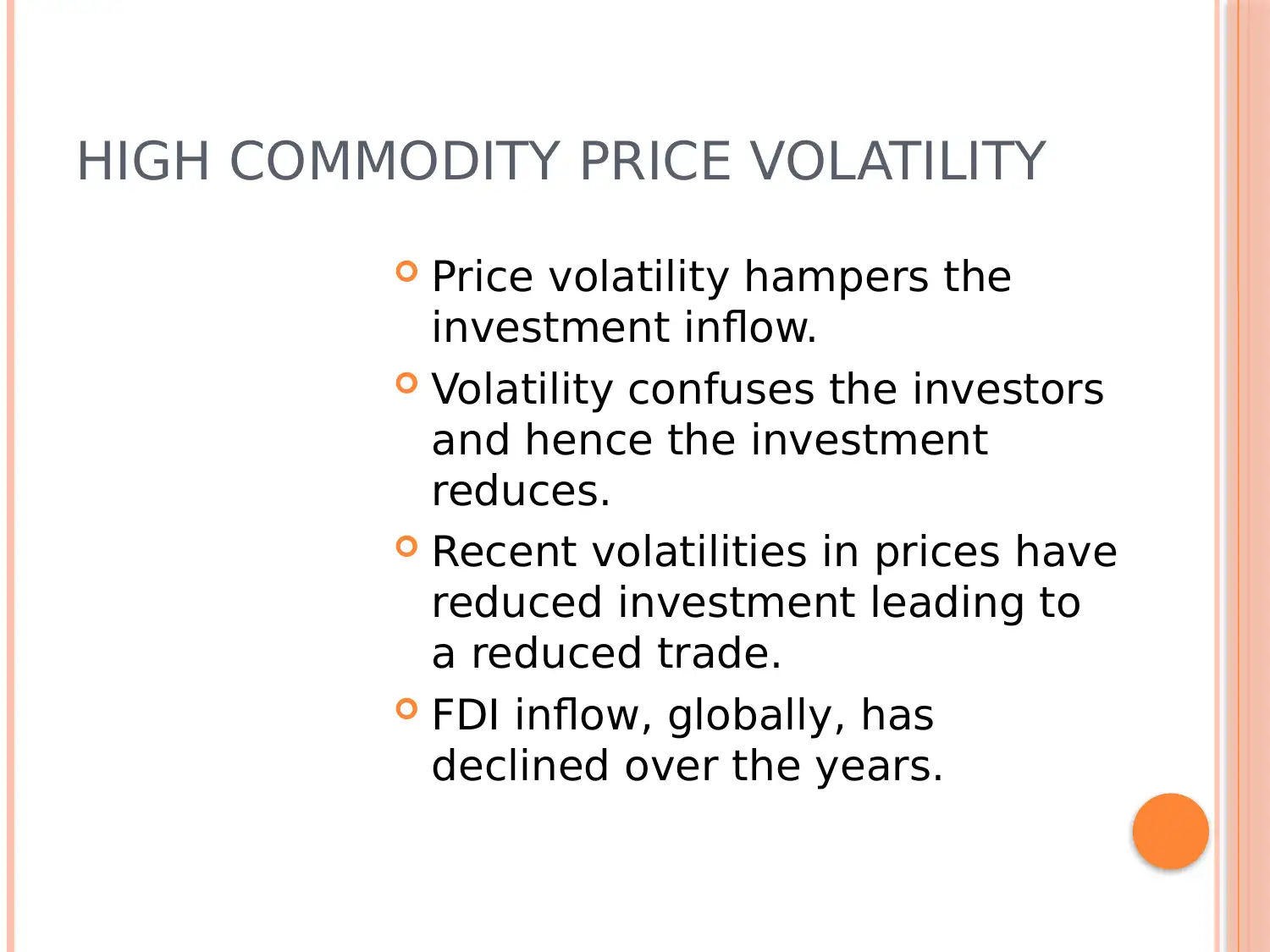
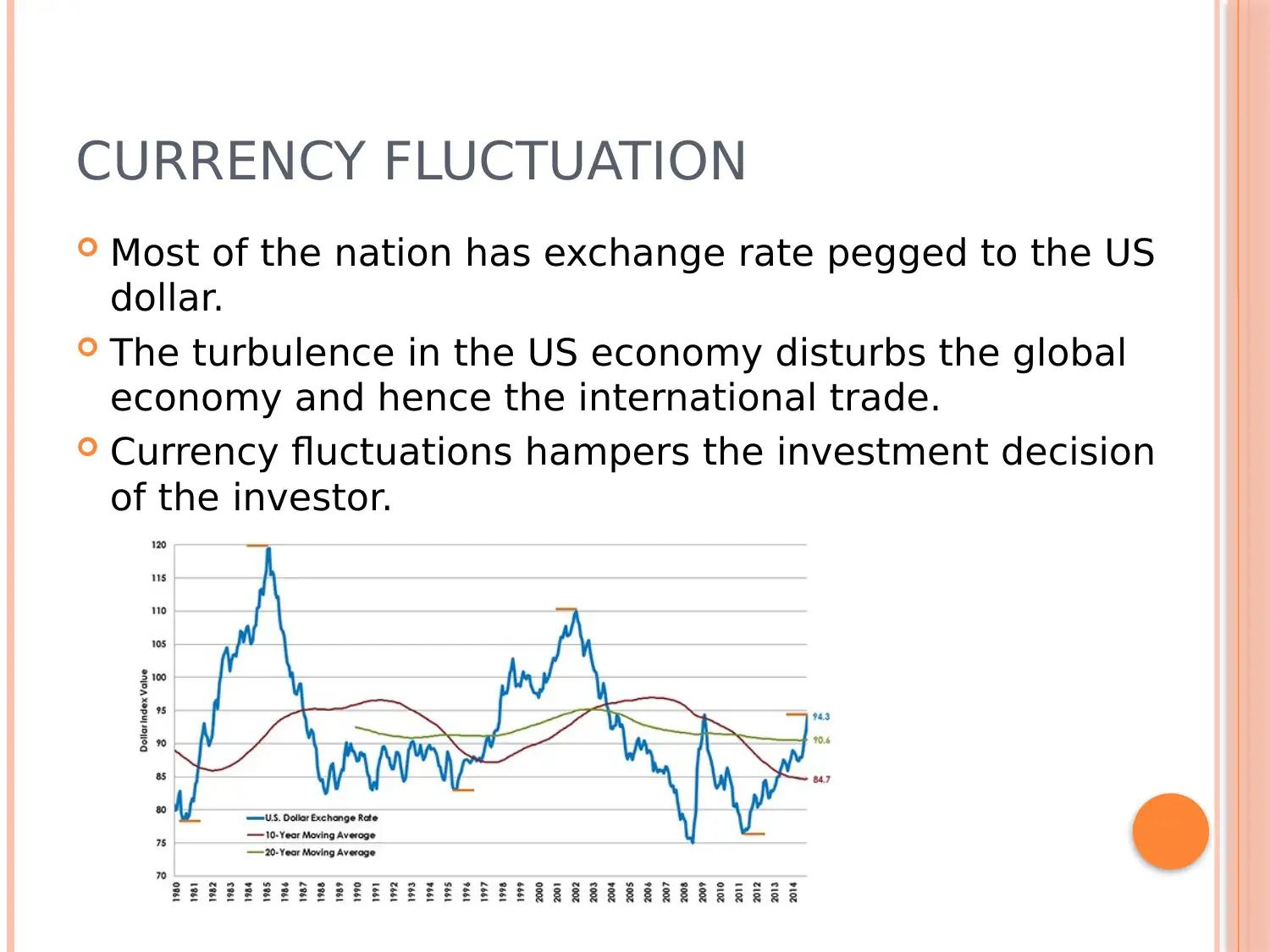
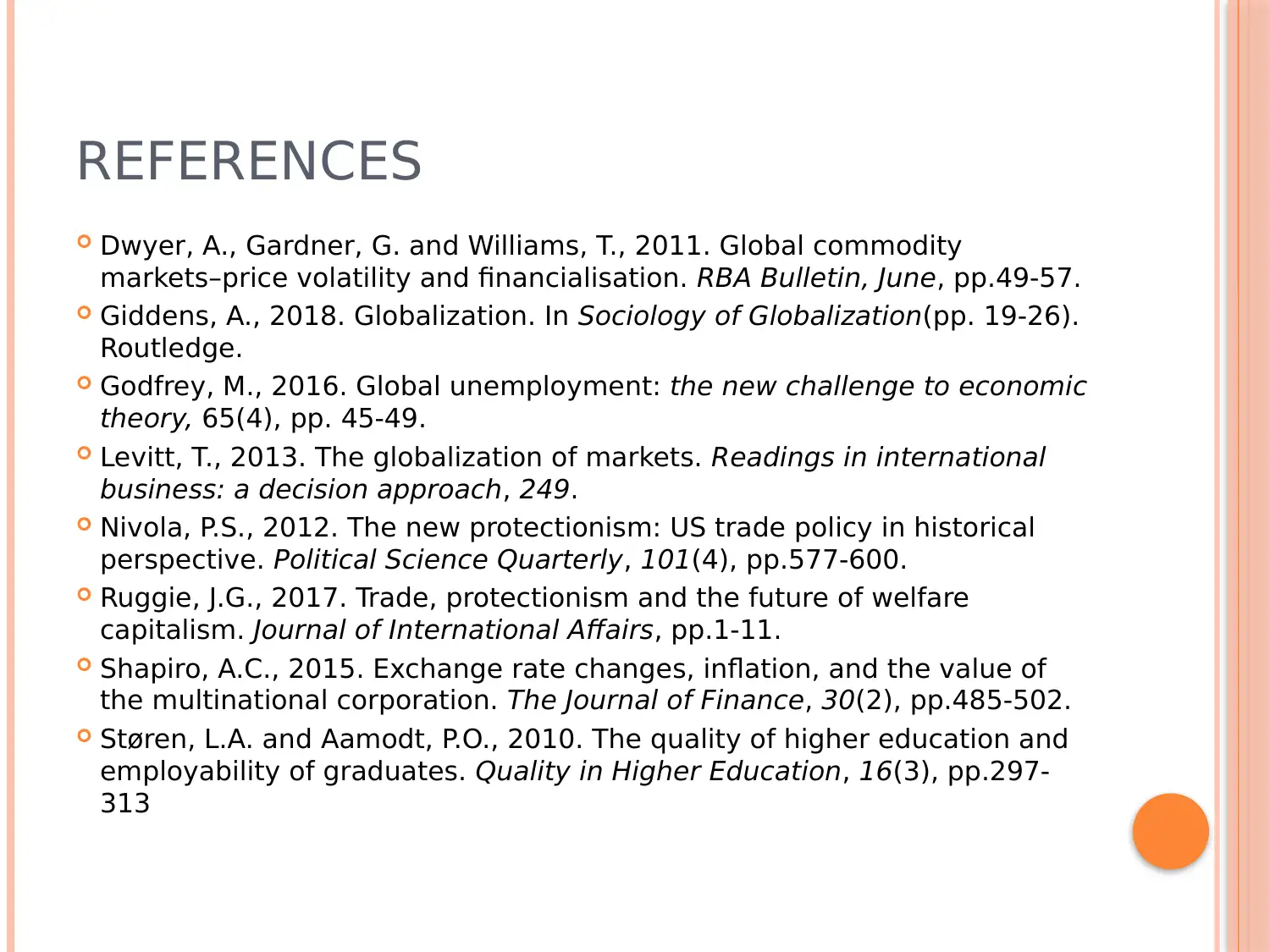






![[object Object]](/_next/static/media/star-bottom.7253800d.svg)